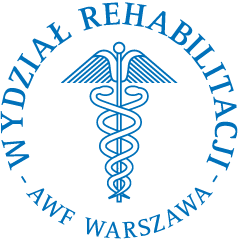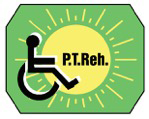


|
Current issue
Archive
Manuscripts accepted
About the journal
Editorial board
Reviewers
Abstracting and indexing
Contact
Instructions for authors
Publication charge
Ethical standards and procedures
Editorial System
Submit your Manuscript
|
4/2025
vol. 39 abstract:
Original paper
Postural balance and its relationship with physical activity and sleep quality during pregnancy: a multiple linear regression analysis
Adv Rehab. 2025; 39(4): 40-53.
Online publish date: 2025/09/25
View
full text
Get citation
ENW EndNote
BIB JabRef, Mendeley
RIS Papers, Reference Manager, RefWorks, Zotero
AMA
APA
Chicago
Harvard
MLA
Vancouver
Introduction
Pregnant females are more prone to fall-related trauma than non-pregnant women due to physiological and anatomical changes that alter postural balance (PB). The study aimed to explore relationship of PB with physical activity (PA) and sleep quality (SQ), and identify factors associated with postural instability in pregnancy. Material and methods An analytical cross-sectional survey was conducted among 138 pregnant females. Mean age was 27.20 ± 5.3. PB was objectively assessed through the Biodex Balance System using Overall Postural Stability Index (OAPSI), Fall Risk Test (FRT) and Modified Clinical Test of Sensory Interaction on Balance (m-CTSIB). PA levels and SQ was measured using Pregnancy Physical Activity Questionnaire (PPAQ) and Pittsburgh Sleep Quality Index (PSQI) respectively. Data was analysed using SPSS 21. Results The average scores of OAPSI, FRT and m-CTSIB were 3.04 ± 1.24, 2.74 ± 1.02, 2.10 (1.28), respectively. Out of total, 108 (78.3%) females had poor SQ and l35 (97.8%) females were sedentary. PA had significant weak, and negative correlation with OAPSI (r = 0.22, p = 0.02) and FRT (r = -0.25, p = 0.01). SQ had significant weak, and positive correlation with OAPSI (r = 0.33), FRT (r = 0.47) and m-CTSIB (r = 0.40) with p < 0.001. Regression analysis identified PA, occupation, fall history and sleep efficiency were significant predictors of PB (β = 3.28, p < 0.001). Conclusions Low PA levels and poor sleep quality are found to be associated with postural instability amongst pregnant females. Postural balance is significantly influenced by PA, occupation, sleep efficiency and fall history. keywords:
pregnancy, accidental falls, postural balance, balance testing |
    |